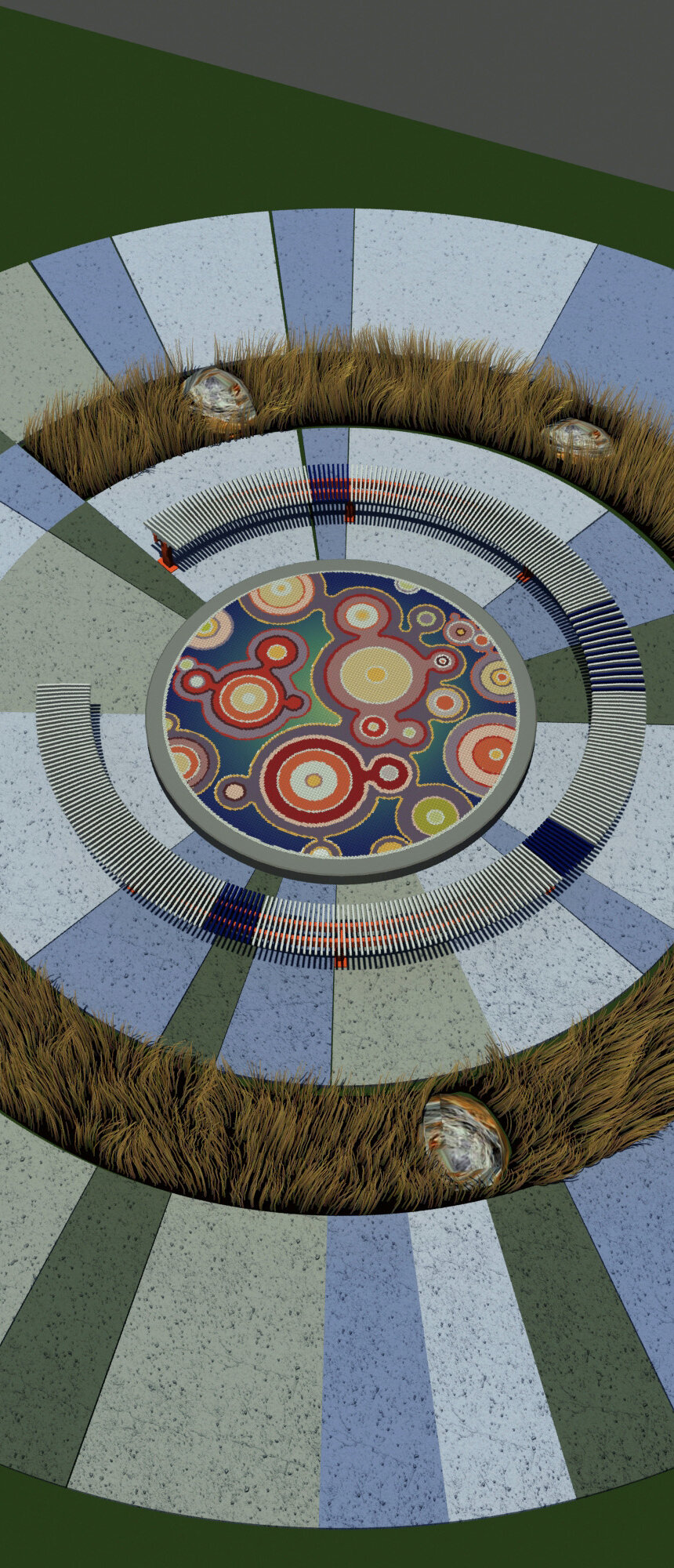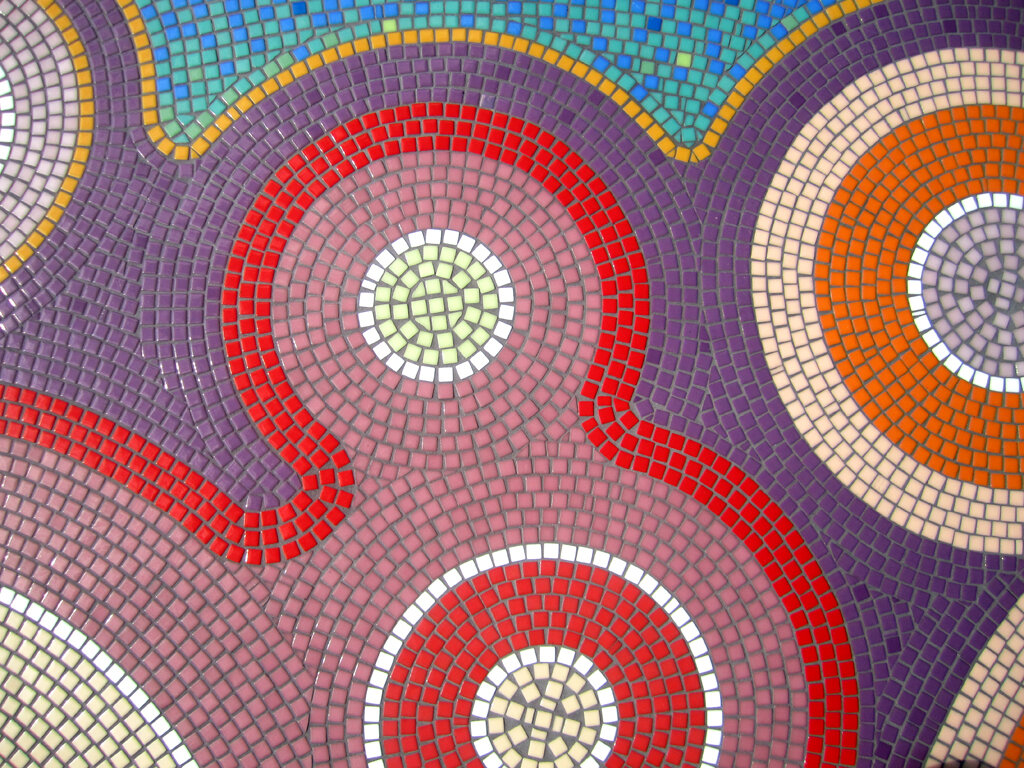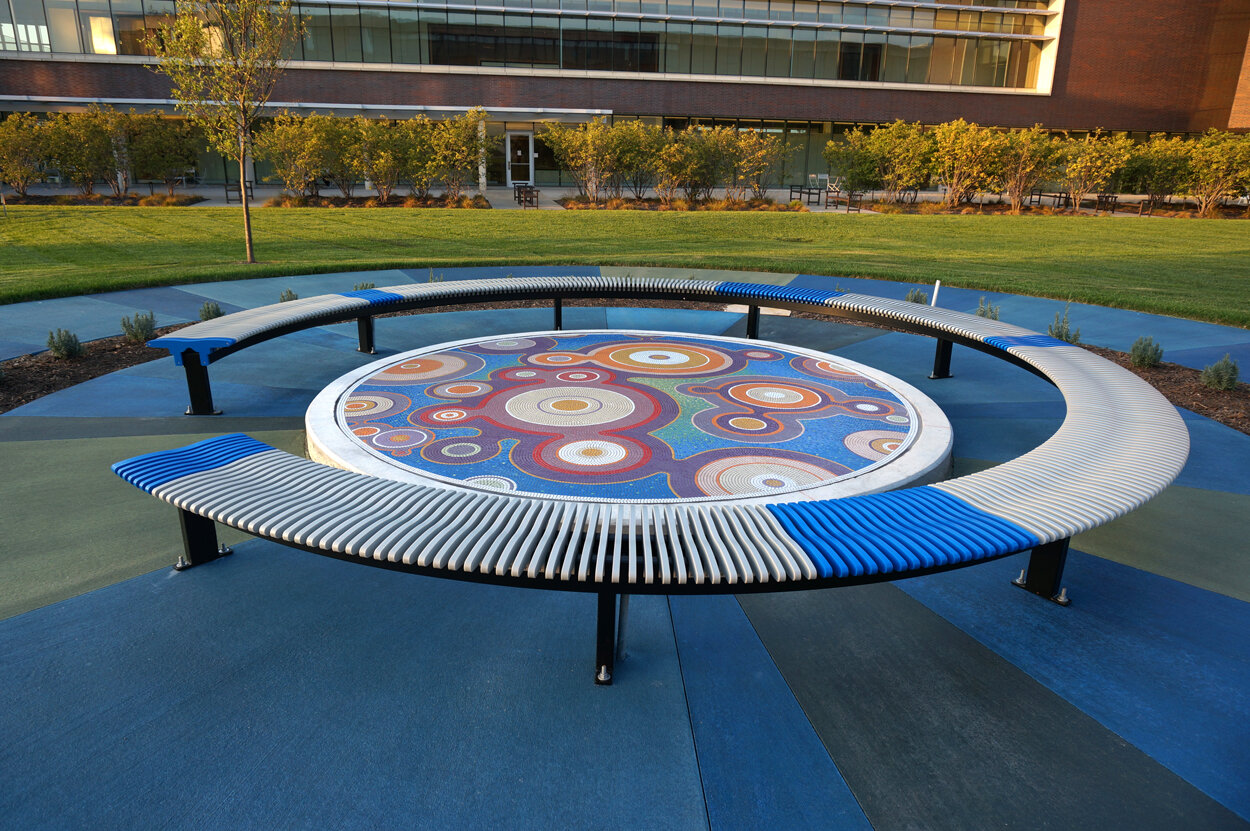
When we began researching the land on which the campus was built, we discovered a history of the Hopewell Exchange System. This trade network existed from about 200 BCE to 500 CE, and covered a vast area from the southeast US to southern Canada, with Kansas City marking its most western outpost. The members of the Hopewell Exchange System were not a single indigenous tribe, but many different peoples and settlements that were bonded by their common interest in trade.
KU Edwards specializes in preparing its students for advancing their careers. An educational system operates as a knowledge exchange, and involves many of the key ideas of successful trade networks - bridging self-starter initiative and collaboration. The importance of connection to others – of learning about different kinds of knowledge and contributing one’s own – is of paramount importance. As in the Hopewell Exchange System, a resilient network facilitates trade.
So, our design evolved out of a wish to foster connection between the students, faculty and visitors to the campus. We wanted our plaza to be welcoming from multiple perspectives, and we designed the seating for casual resting or for dynamic group encounters. We included. a raised platform that could be used for presentations or entertainment, but would give delight when none was present. We encouraged students to linger by providing power outlets for them to recharge in the shade of the growing trees.
The design for the mosaic in the center of the plaza was influenced by a chemical phenomenon known as the Belousov-Zhabotinsky reaction. When bromine and an acid are mixed in a container, spontaneous spots of changed color appear on the surface and spread outward in waves. Behind the wave the chemistry reverses, which changes the color back. As waves are generated in pulsing series from different spots in the liquid, the concentric patterns mingle and influence each other in an entrancing effect. This is known as a nonlinear chemical oscillator, and the dynamic mixing of spontaneous (individual) and collaborative actions seemed like a great representation of the patterns we had identified in both trade and education.



